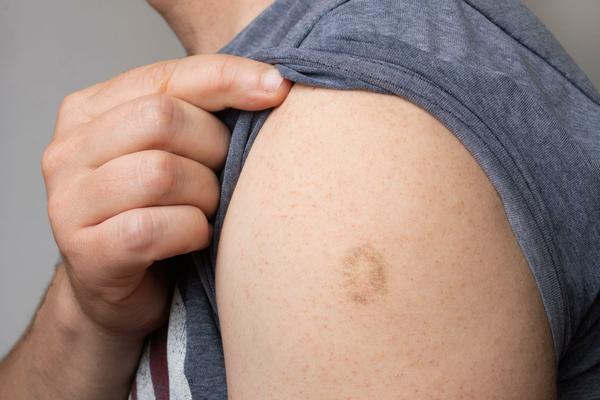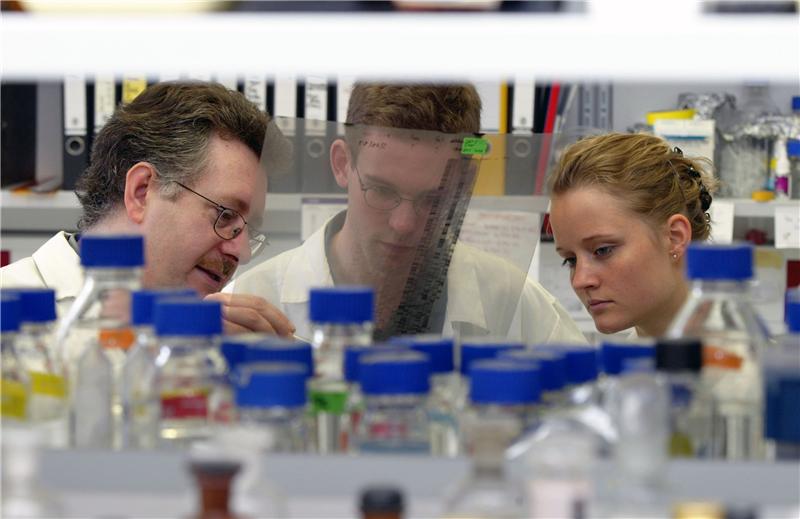The authors of a new study in Energy&Fuels say they have developed an advanced "closed-loop control" approach for preventing diesel engines from emitting greater amounts of smog-causing nitrogen oxides when running on biodiesel fuels.
The new technique uses advanced models to self-adjust engine settings based on feedback from sensors. Software algorithms use data from the sensors to determine the fuel blend being combusted. If the fuel is changed, the system identifies the new fuel and makes critical adjustments to fuel-injection timing, the air-to-fuel ratio and how much exhaust is rerouted into the cylinders.
T cells, B cells - antibodies - intervene when viruses and bacteria make us ill and they wipe out intruders effectively but cause collateral damage in the body's own tissue, which has to be repaired.
In order for our immune system to not be in a constant state of 'red alert', causing chronic inflammation, there is a second defense system switched in series between our bodies and the outside world, essential because because there are trillions of bacteria on the barrier tissue like our lungs and skin. The majority of these microorganisms have been living with our body's cells as good neighbors for millions of years and the complex symbiosis of very different microorganisms supplies us with important natural substances such as vitamin B12.
Based on a survey of UK science journalists and 52 in-depth interviews with specialist reporters and senior editors in the national news media, researchers from the Cardiff School of Journalism, Media and Cultural Studies say that specialist science news reporting in the UK is in relatively good health, but also warn that a wider crisis in journalism poses a serious threat to the quality and independence of science reporting.
An international team of astronomers has viewed two distinct "tails" found on a long tail of gas that is believed to be forming stars where few stars have been formed before. The new observation was made by the Chandra X-ray Observatory and is detailed in a paper published this month in the Astrophysical Journal.
This gas tail was originally spotted by astronomers three years ago using a multitude of telescopes, including NASA's Chandra X-ray Observatory and the Southern Astrophysical Research telescope, a Chilean-based observatory in which MSU is one of the partners. The new observations show a second tail, and a fellow galaxy, ESO 137-002, that also has a tail of hot X-ray-emitting gas.
Researchers from the Max Planck Institute of Biochemistry have obtained 3-D images of the vesicles and filaments involved in communication between neurons. The effort was made possible a novel technique in electron microscopy, which cools cells so quickly that their biological structures can be frozen while fully active.
"We used electron cryotomography, a new technique in microscopy based on ultra-fast freezing of cells, in order to study and obtain three-dimensional images of synapsis, the cellular structure in which the communication between neurons takes place in the brains of mammals" Rubén Fernández-Busnadiego, lead author of the study, which appears in the Journal of Cell Biology
In a recently released report the National Research Council lays out several options NASA could pursue in order to detect more near-Earth objects (NEOs) – asteroids and comets that could pose a hazard if they cross Earth's orbit. While impacts by large NEOs are rare, a single impact could inflict extreme damage, raising the classic problem of how to confront a possibility that is both very rare and very important.
Far more likely are those impacts that cause only moderate damage and few fatalities. Conducting surveys for NEOs and detailed studies of ways to mitigate collisions is best viewed as a form of insurance, the report says. How much to spend on these insurance premiums is a decision that must be made by the nation's policymakers.
 At 3 Cases In 6 Months, Monkeypox In The US Is Effectively Contained
At 3 Cases In 6 Months, Monkeypox In The US Is Effectively Contained Brown Fat’s “Off-Switch” Isn't A New Ozempic Diet Exploit
Brown Fat’s “Off-Switch” Isn't A New Ozempic Diet Exploit Opioid Addicts Are Less Likely To Use Legal Opioids At The End Of Their Lives
Opioid Addicts Are Less Likely To Use Legal Opioids At The End Of Their Lives More Like Lizards: Claim That T. Rex Was As Smart As Monkeys Refuted
More Like Lizards: Claim That T. Rex Was As Smart As Monkeys Refuted








